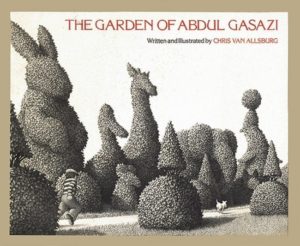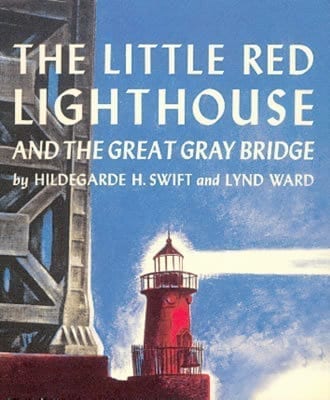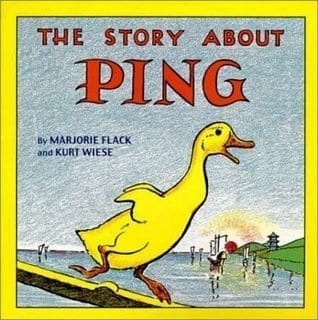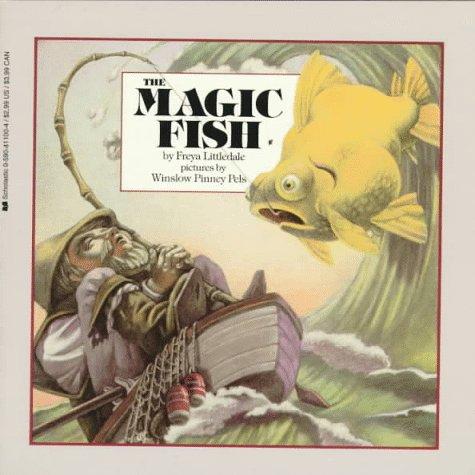“Garden of Abdul Gasazi” By Chris Van Allsburg
Allan agrees to take care of the bad-mannered dog, Fritz, who loves to eat hats and tear up the furniture. When he runs off into the garden of a retired magician, Mr. Gasazi, Allan is sure Fritz will be lost forever. This story serves as a good introduction to the differences between reality and fantasy.
“Alexander and the Terrible, Horrible, No Good Very Bad Day” By Judith Voirst
Poor Alexander! He woke up with gum in his hair; his mom forgot to put dessert in his lunch bag; there were lima beans for dinner, and kissing on TV. Even the cat refuses to sleep in his bed. Some days are just like that. Alexander’s awful day is the perfect lead-off for a discussion about the challenges of childhood and how our reactions to those challenges can affect us. It is insightful and humorous and a good way for kids to see that everyone has challenges.
“David Gets in Trouble” (and the other “David” books) By David Shannon
“No” and “David” were the first words David Shannon learned how to spell and “No, David!” is based on a book he made as a child. In this book, it’s David’s turn to talk back. What does he say when he gets in trouble? “I didn’t mean to,” “It was an accident!” “I forgot!” “But Dad says it!” Of course, David wins us over in the end. A defiant “No, it wasn’t me!” evolves into a guilt-ridden, late-at-night shout, “Yes! It was me! I’m sorry. I love you, Mom.” This is great for illustrating and discussing, “What gets me into trouble,” consequences of choices, and personal responsibility.
“The Little Red Lighthouse” By Hildegarde Swift
This book is a powerful metaphor for young children, teaching that something little can still be important in a world where some things are much bigger. This is a true story, and contains pictures of the great gray bridge and little red lighthouse — preserved from demolotion simply because of their fame in this children’s book. The idea that stories can be true is a very important idea for young readers to absorb and can lead to a great discussion about reality (non-fiction) and fantasy (fiction). “The Little Red Lighthouse And The Great Gray Bridge” includes a fascinating afterword on the back cover about the history of the real lighthouse and bridge to further enlighten. This classic also touches on the concepts of opportunity and self respect.
“The Story About Ping” By Marjorie Flack
This book contains the simple moral that simply accepting an unpleasant consequence can often be better than trying to avoid it. The story is about Ping, a duck, who realizes that he will be the last duck to board the boat and thus get a whack upon his back. The book really taps into a young child’s fears. I remember being thrilled that Ping ran away instead of accepting his punishment. What small child hasn’t fantasized about running away? And I remember thinking how terrifying it would be to wake up and find that you were totally lost in the wide world. What child’s greatest fear isn’t that sort of separation? This is a great book for discussing how a bad choice can lead to a “crash,” and that sometimes the right choice seems harder but ends up being worth it in the end.
“The Lamb and the Butterfly” By Arnold Sungaard and Eric Carle
A lamb and a butterfly have a conversation during which the habits and behavioral traits of each creature are revealed. The lamb is bound by rules and closely tied to its mother’s side; the butterfly, on the other hand, is free of rules and of maternal bonds. Comparisons can be made by readers about the way of life that each creature is destined to follow. But when storms arise and dangers appear, the freedom enjoyed by the butterfly is no longer to be coveted. Readers can move still one step further as the lamb comes to see that the butterfly has no choice and must fly south to escape the freezing cold weather against which it has no protection. Which track do you choose? Opportunity, freedom, and self-respect.
“Magic Fish” By Freya Littledale and Winslow Pinney Pels
This folk tale is similar to the original grim fairy tales in that it has something of a sense of menace and danger about it, and also lacks the now-requisite happy ending. It tells the story of a fisherman who earns the favor of a magic fish through his own good-heartedness. He has no thought of reward, but his wife convinces him to ask the fish to upgrade their hut to a house, which the fish seems happy to do. But then the wife continues to want more and more. Every time the fisherman goes to ask the fish for something else, the sea is stormier, although the fish says nothing. In the end, the fish decides that the wife has asked for too much, and takes away everything. The characters and their relationship to each other provide for an instructive discussion about why we do favors, and why we should be reasonable in our requests. It also tells us a lot about what it takes to be happy. It teaches the consequences of choices, and the importance of having goals that give you opportunity and self-respect.






